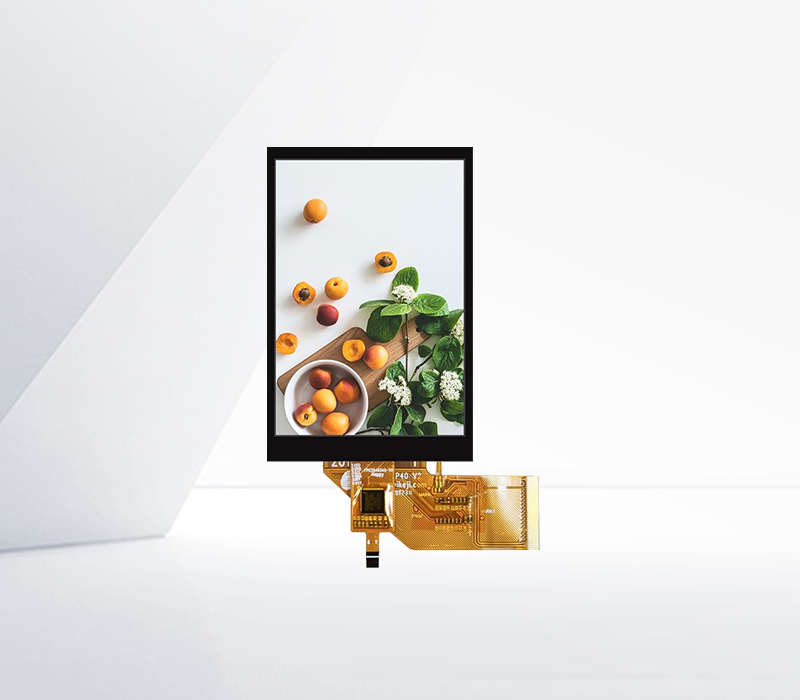




The surface tempering process of touch screens is a crucial step in enhancing their durability and performance. This process involves subjecting the glass surface of the touch screen to specific treatments to increase its strength and resistance to scratches and impacts.
One common method of surface tempering is thermal tempering. In this process, the glass is first heated to a temperature close to its softening point, typically around 600 - 700°C. Once at the appropriate temperature, the glass is rapidly cooled, usually by spraying it with air or a quenching medium. The rapid cooling causes the outer layer of the glass to contract and harden first, while the inner layer cools more slowly. This creates a state of compressive stress in the outer layer and tensile stress in the inner layer. The compressive stress significantly improves the glass's resistance to external forces. For example, a tempered glass touch screen can withstand much higher impact forces compared to non - tempered glass, reducing the risk of breakage from accidental drops or impacts.
Another method is chemical tempering. Chemical tempering involves immersing the glass in a molten salt bath, usually containing potassium ions. At high temperatures, the smaller sodium ions in the glass are exchanged with the larger potassium ions from the salt bath. This ion - exchange process creates a layer of compressive stress on the surface of the glass as the larger potassium ions try to fit into the space previously occupied by the smaller sodium ions. Chemical tempering is especially effective in producing thinner and more precisely tempered glass, which is ideal for modern, slim - design touch screens. The chemically tempered glass can also offer better scratch resistance, as the hardened surface is more difficult to abrade.
In addition to these primary tempering methods, post - treatment processes such as coating may be applied. Anti - fingerprint coatings can be added to the tempered glass surface. These coatings reduce the visibility of fingerprints and smudges, making the touch screen easier to clean and maintain its clarity. Overall, the surface tempering process plays a vital role in ensuring the long - term usability and reliability of touch screens in various applications.
